New figures released by the Electric Vehicle Council (EVC) show electric vehicles (EVs) accounted for over 14% of all new cars sold in Australia in March 2025, the highest monthly share on record and drives the sector toward its next evolution: vehicle-to-grid technology (V2G).
Data from the council and other sources reveal more than 15,300 battery electric vehicles (BEV) and plug-in hybrid electric vehicles (PHEV) were sold in March, which represents 14.2% of all new passenger, sport utility vehicle (SUV) and light commercial vehicles sold in March, well above the 10% market share seen across 2024.
The first quarter of 2025 has seen EVs at 11% of sales, outpacing market share from this time last year.
The data also shows that plug-in hybrid vehicle (PHEV) sales continue to grow and have eclipsed February’s record sales, although BEV sales still outnumber them.
EVC Chief Executive Officer Julie Delvecchio said electric vehicle sales in Australia are going from strength to strength, with sales in 2025 already surpassing figures from this time last year, both in total numbers and as a proportion of overall sales.
“More than 14% of all new cars sold in Australia in March were EVs – the highest monthly market share on record and a watershed moment for the industry,” Delvecchio said.
“At a time when cost-of-living has never been more important, more than a quarter of a million Australians are now enjoying the benefits of driving EVs that are cheaper to run, saving around $3,000 every year or even more for those travelling further in our regions and outer suburbs.”
Delvecchio added it’s now more important than ever that benefits of EVs be expanded to more Australians and ensure car makers keep sending their best vehicles to Australia, not their worst.
“Now is not the time to be changing our standards, amending the New Vehicle Efficiency Standard or creating even more uncertainty for Australians – the NVES has already started working and these latest figures prove it,” Delvecchio said.
Vehicle-to-grid
The growth in EV sales paves the way for distribution of vehicle-to-grid (V2G) technologies, and in the long term Vehicle-to-Everything (V2X), with China announcing in April 2025, it’s intention to launch 30 pilot V2G projects in nine Chinese cities to shore up its power supply.
The Australian Renewable Energy Agency (ARENA) and RACE for 2030’s National Roadmap to Bidirectional EV Charging says many stakeholders consider the uptake rates for bidirectional EV charging could be comparable to those achieved for rooftop solar in Australia, achieving 2.6 million residential V2G installations by 2040.
“Australia is a world leader in rooftop solar. This gives us a running start to be a world leader in bidirectional EV charging as well, if we choose to be. Our abundant solar energy creates opportunities for EVs to store excess daytime generation and discharge it to the grid when needed,” Delvecchio said.
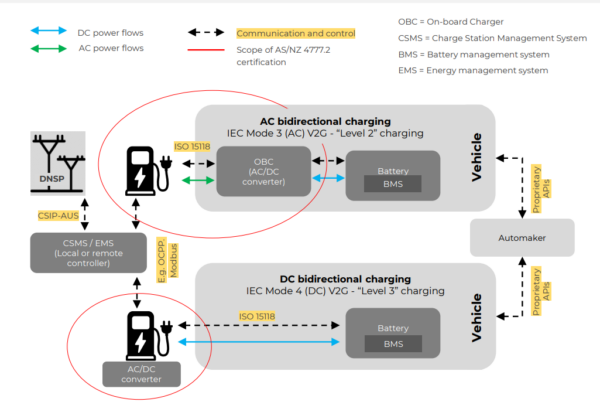
Image: Australian Renewable Energy Agency & RACE for 2030
This content is protected by copyright and may not be reused. If you want to cooperate with us and would like to reuse some of our content, please contact: editors@pv-magazine.com.
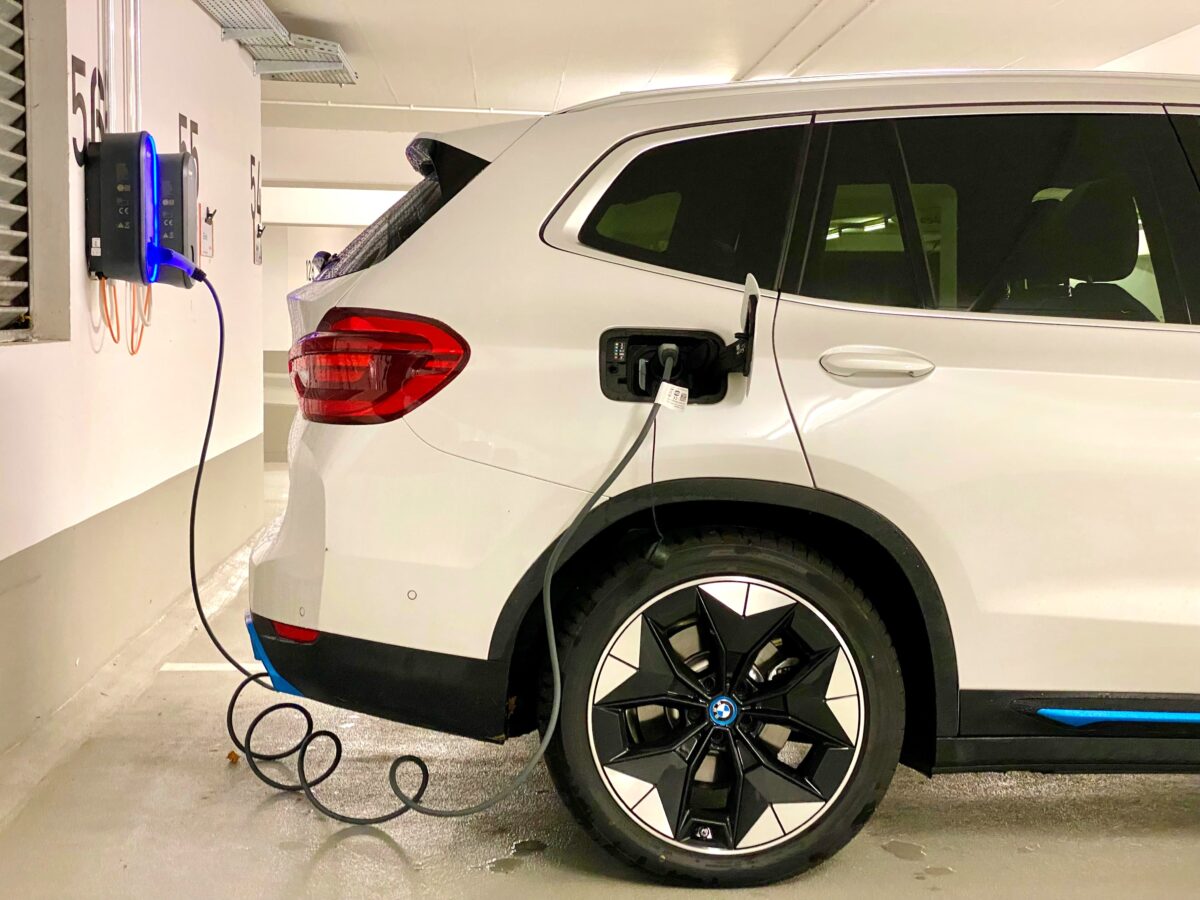
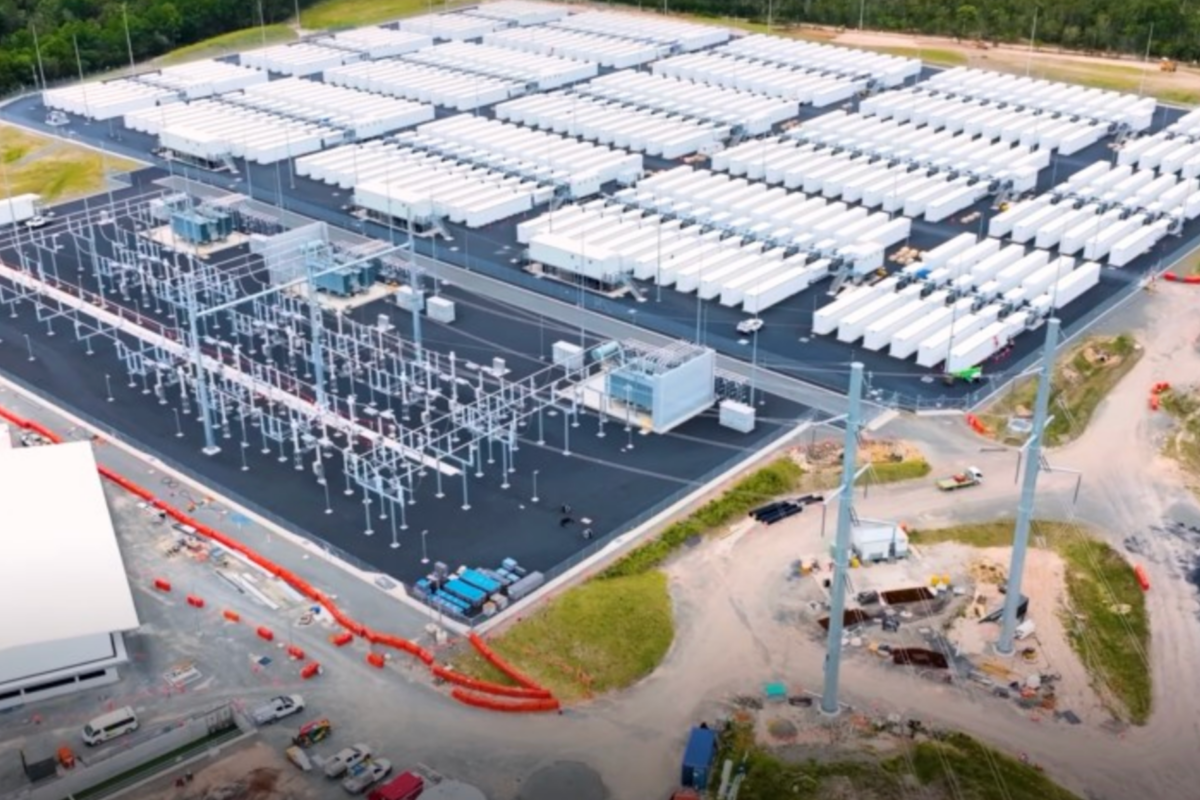



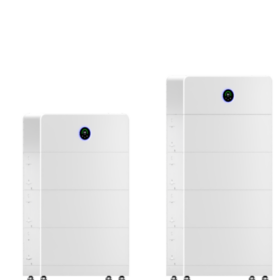
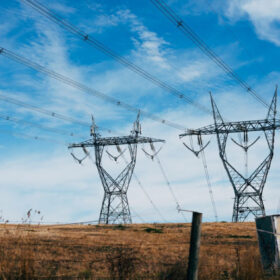
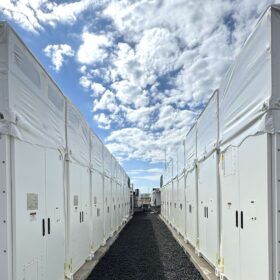
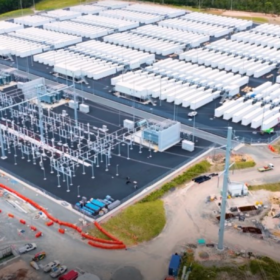
By submitting this form you agree to pv magazine using your data for the purposes of publishing your comment.
Your personal data will only be disclosed or otherwise transmitted to third parties for the purposes of spam filtering or if this is necessary for technical maintenance of the website. Any other transfer to third parties will not take place unless this is justified on the basis of applicable data protection regulations or if pv magazine is legally obliged to do so.
You may revoke this consent at any time with effect for the future, in which case your personal data will be deleted immediately. Otherwise, your data will be deleted if pv magazine has processed your request or the purpose of data storage is fulfilled.
Further information on data privacy can be found in our Data Protection Policy.